Why are my orchid leaves drooping? 6 reasons to look out for
Find out what is causing your orchid leaves to droop and the best solutions recommended by plant experts
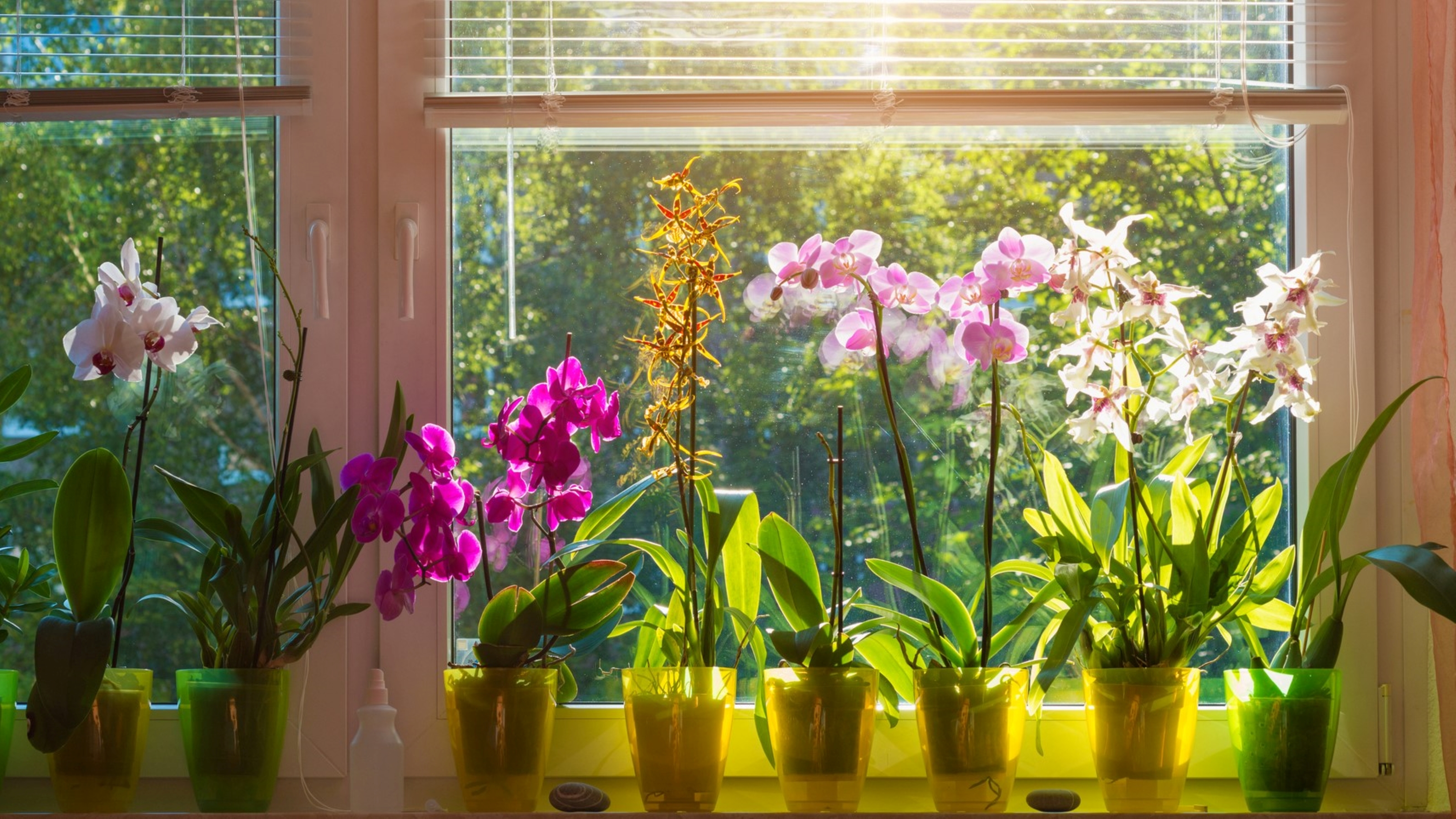

If you are wondering 'why are my orchid leaves drooping?' it's time to diagnose what could be going wrong with your plant. Orchids are notoriously sensitive to a number of environmental factors, from water and soil quality to temperature and light fluctuations. Let's just put it this way: orchids dislike change.
Orchid care, including preventing the leaves from drooping, involves carefully diagnosing potential stressors. Here are the specific ones that can cause an orchid's leaves to droop, along with the best solutions offered by plant experts.
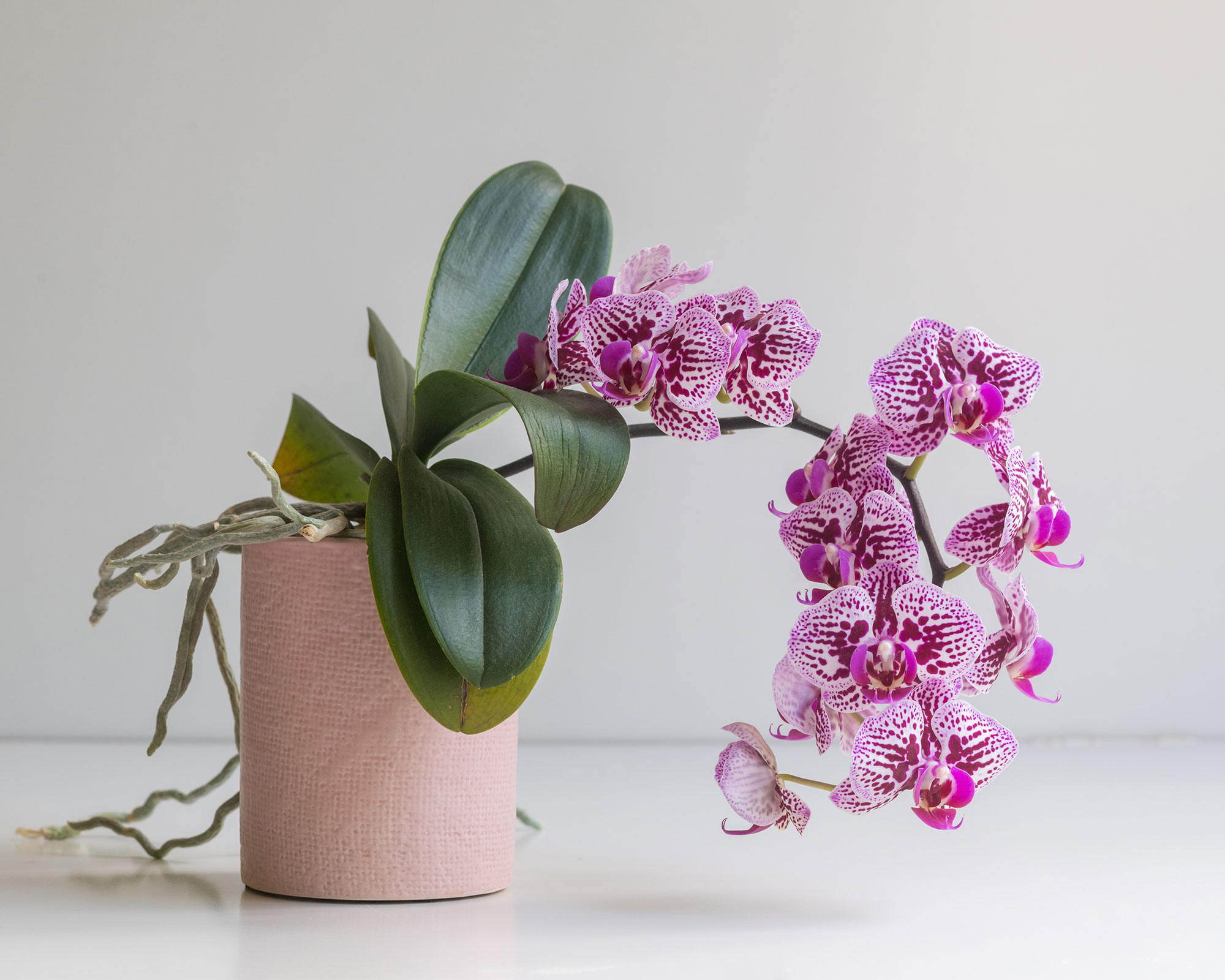
Follow the right care routine to prevent your orchid drooping
Discover the key reasons your orchid leaves are drooping
If the leaves on your prized orchid are drooping, you'll want to identify the possible cause as quickly as possible so you can get your indoor plant back to its best.
1. Over or under watering
Figuring out the correct watering regime for an orchid can be tricky. Most people overwater their orchids, but some actually end up underwatering, which can cause the leaves to droop.
Dani Velasco, Indoor Plant Specialist from Unbeleafable PH, confirms that 'when you deal with orchid leaves drooping, it is most likely a problem with the way you water it. It is up to you to decide whether you have been watering your orchid too frequently or not enough.'
If your orchid's soil is soggy or water is sitting in the tray under the pot, you need to give your orchid a break from watering until the top layer of soil dries out. If the soil is bone dry, give the orchid a thorough watering.
Incorrect watering can also be a reason for orchid flowers falling off.
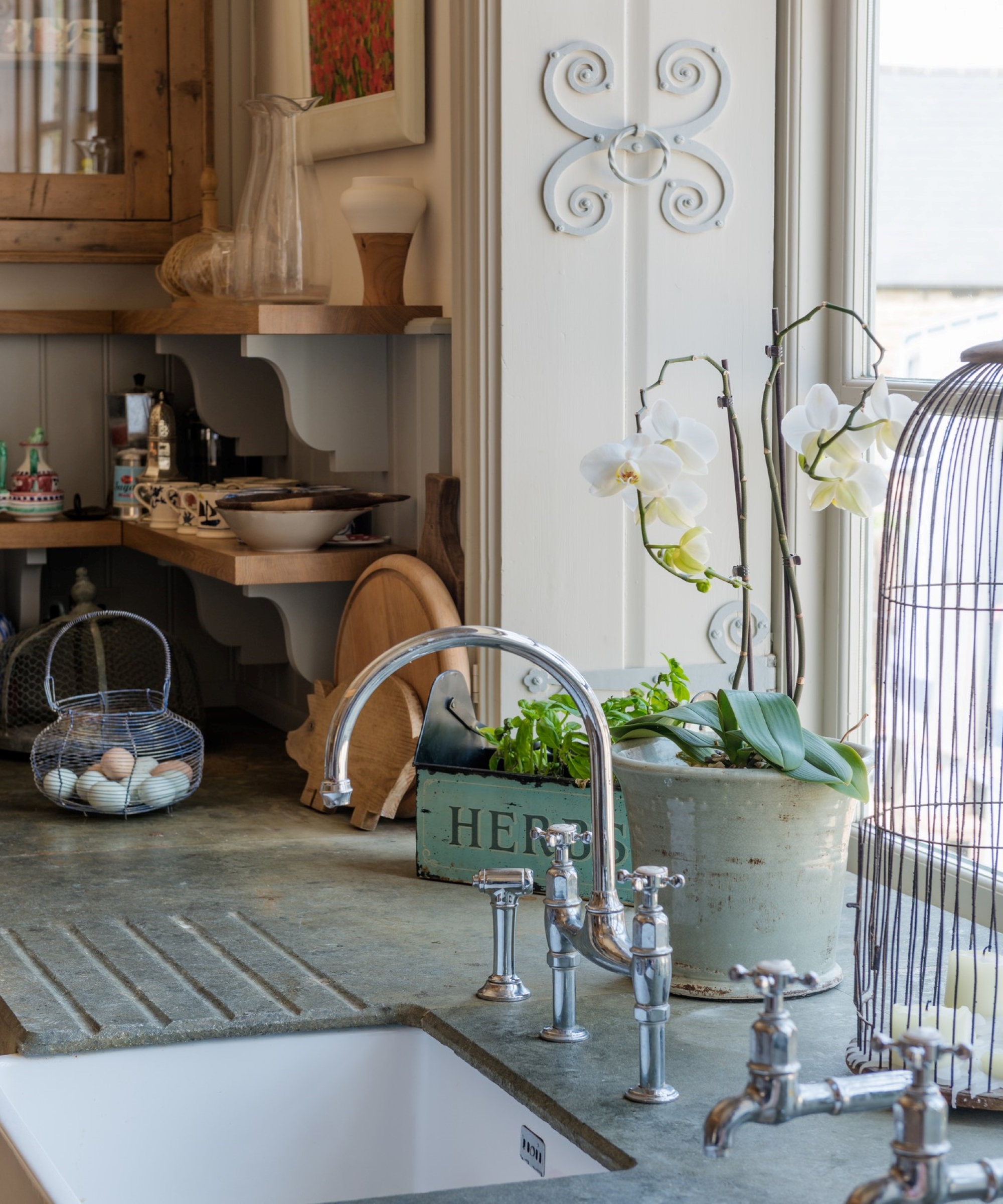
Make sure you give your orchid the correct amount of water
2. An incorrect growing medium
This is a common problem that can cause drooping leaves and is related to overwatering. Soggy soil is often caused by using a heavy potting mix, which is unsuitable for orchids. Tatyana Zhuk, the plant expert at the NatureID app, explains that 'orchids are epiphytes. In nature, they grow on trees and get their water by absorbing it from either the air or tree bark after a rain.'
So, with that knowledge, Zhuk recommends choosing a specialized orchid mix made with bark chips and coir (which can be bought on Amazon). 'Coir retains a lot of water and then slowly releases it for the plant to absorb. This prevents the roots from drying out and provides them with the humidity they need. This kind of growing medium doesn’t stick to the plant, which allows for proper air circulation.'
If it's time to repot your orchid, make sure you are using the correct growing medium in its new pot.
3. An incorrect watering technique
Many people make the mistake of watering their orchids little and often, killing them with kindness in the process. Some people also experiment by watering them with ice cubes, which isn't ideal for orchids that prefer lukewarm water.
Tatyana Zhuk gives precise instructions for watering your orchid correctly to prevent the leaves from drooping: 'Water your plant with warm, settled water, allowing the top layer of the potting mix to dry by around 0.4in (1cm) between watering sessions, which is approximately 2-3 times a week. Water abundantly, making sure the entire substrate gets wet.'
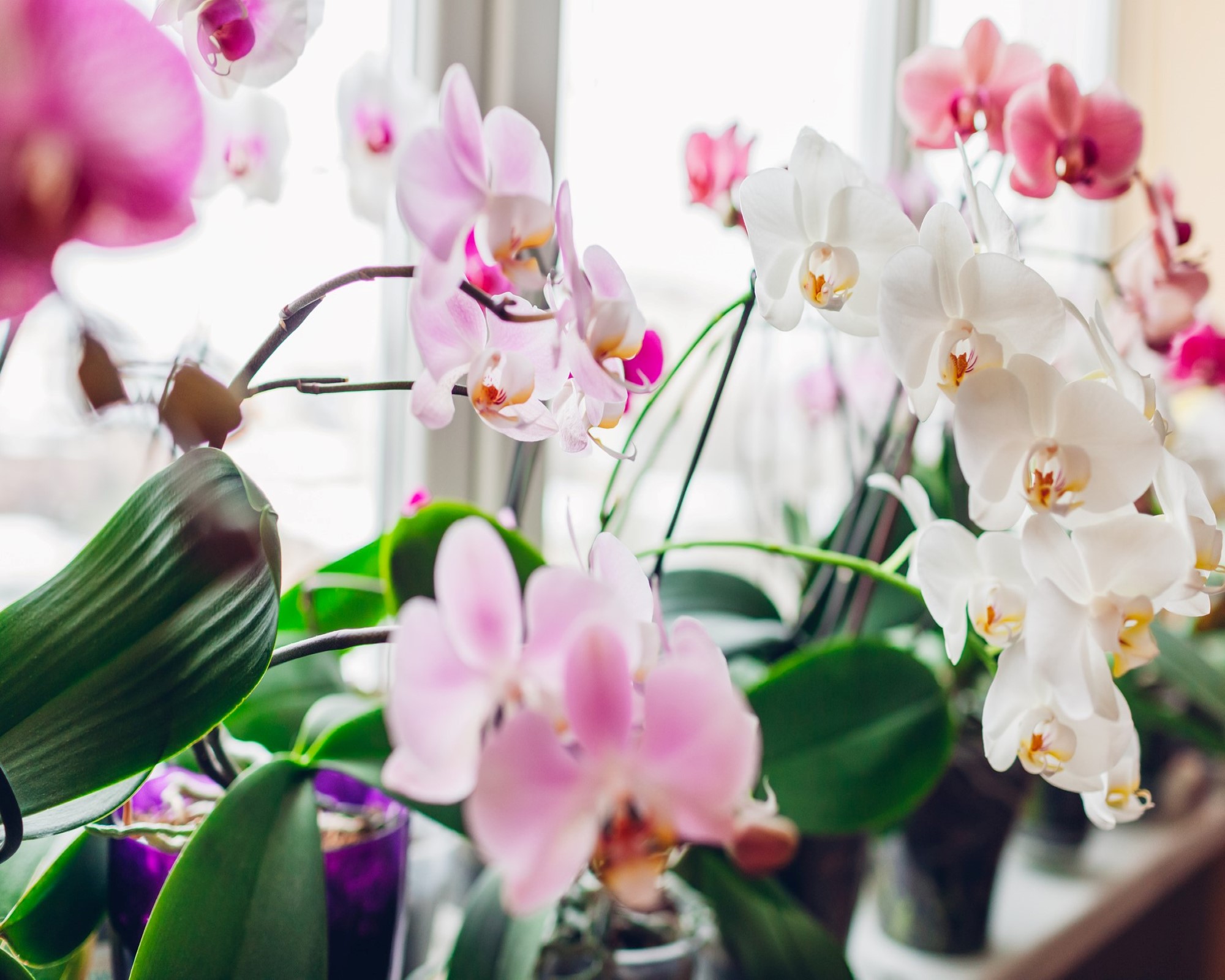
Incorrect watering can cause orchid leaves to droop
4. You are misting the leaves excessively
Misting is a favorite activity with many houseplant lovers, but there is way of overdoing it with orchids. Tatyana Zhuk cautions against misting so much that water accumulates in the leaf crown, which can cause leaves to droop or even drop off completely.
Instead, try to mist the air around the plant in order to raise ambient humidity. Tatyana also notes that you should use 'boiled or filtered, above-room-temperature water for misting.'
5. There aren't enough nutrients in the soil
Orchids need a good balance of nutrients to keep healthy. According to Brody Hall, Co-Founder at The Indoor Nursery, it is 'a good idea to fertilize your orchid with specialized orchid fertilizer (available at Amazon) every 2-4 weeks to ensure it receives adequate nutrition.'
Be warned, however, that over fertilizing can cause your orchid's leaves to turn yellow so make sure you use the correct dosage.
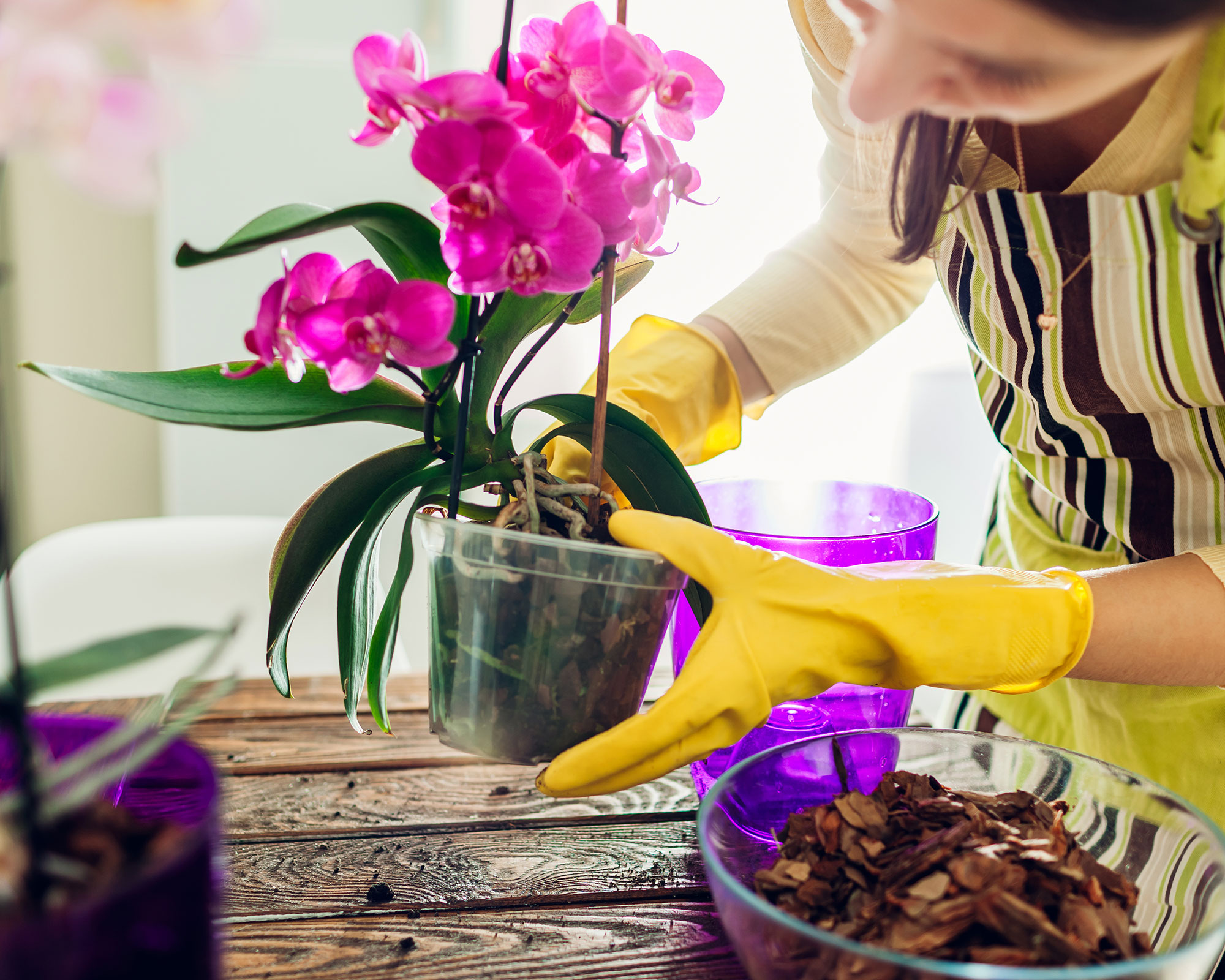
A specialist fertilizer can help your orchid to grow well
6. Environmental stressors
Finally, most types of orchids dislike sudden changes in their environment, and their leaves drooping can be a sign of this stress.
Brody Hall recommends monitoring the orchid's environment 'to ensure the temperature and humidity levels are not too extreme' and that there isn't too much or too little sunlight where the orchid is positioned.
Ideally, orchids should be placed in a sheltered spot with bright indirect light, away from drafts and sources of heat.
Keeping your orchid properly watered and fertilized and in a consistent environment in your indoor garden should stop its leaves from drooping and encourage your orchid to rebloom.
Anna writes about interior design and gardening. Her work has appeared in Homes & Gardens, Livingetc, and many other publications. She is an experienced outdoor and indoor gardener and has a passion for growing roses and Japanese maples in her outside space.
